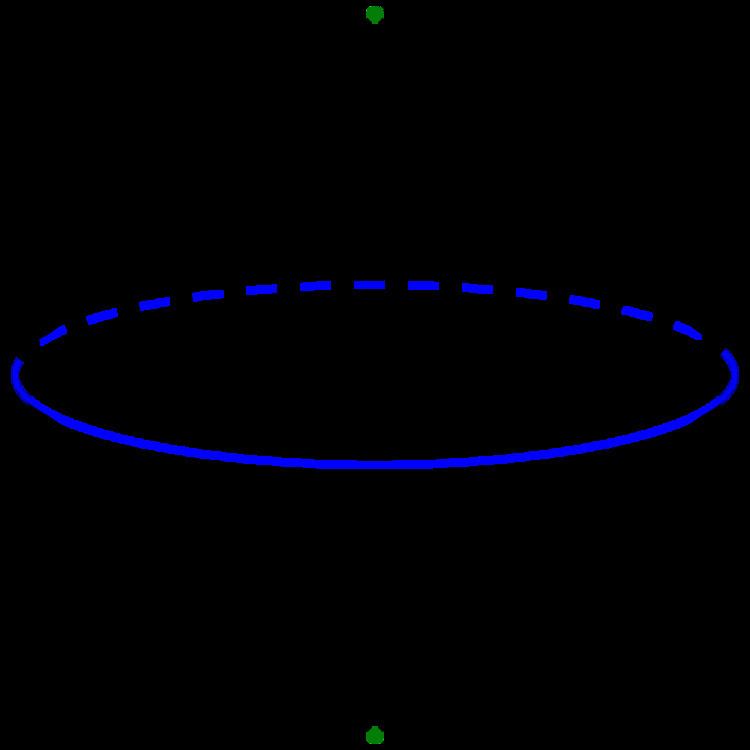 | ||
In topology, the suspension SX of a topological space X is the quotient space:
Contents
of the product of X with the unit interval I = [0, 1]. Thus, X is stretched into a cylinder and then both ends are collapsed to points. One views X as "suspended" between the end points. One can also view the suspension as two cones on X glued together at their base (or as a quotient of a single cone).
Given a continuous map
The space
The space
The suspension can be used to construct a homomorphism of homotopy groups, to which the Freudenthal suspension theorem applies. In homotopy theory, the phenomena which are preserved under suspension, in a suitable sense, make up stable homotopy theory.
Reduced suspension
If X is a pointed space (with basepoint x0), there is a variation of the suspension which is sometimes more useful. The reduced suspension or based suspension ΣX of X is the quotient space:
This is the equivalent to taking SX and collapsing the line (x0 × I) joining the two ends to a single point. The basepoint of ΣX is the equivalence class of (x0, 0).
One can show that the reduced suspension of X is homeomorphic to the smash product of X with the unit circle S1.
For well-behaved spaces, such as CW complexes, the reduced suspension of X is homotopy equivalent to the ordinary suspension.
Σ gives rise to a functor from the category of pointed spaces to itself. An important property of this functor is that it is a left adjoint to the functor
naturally, where
Desuspension
Desuspension is an operation inverse to suspension.
